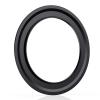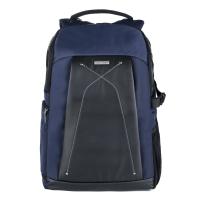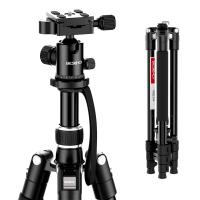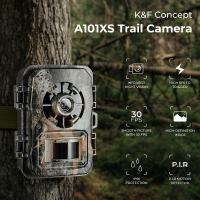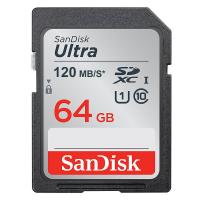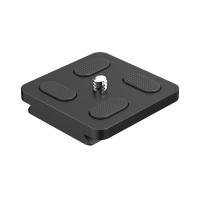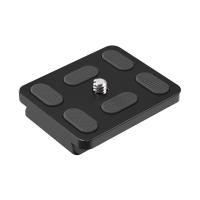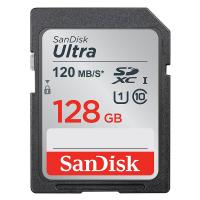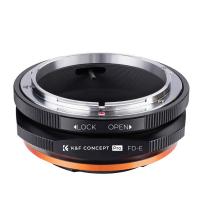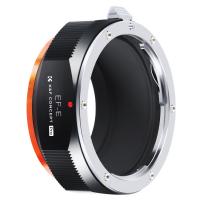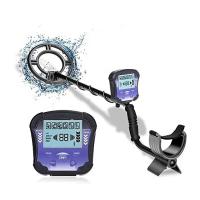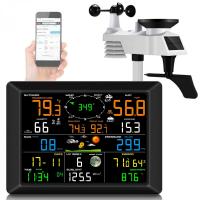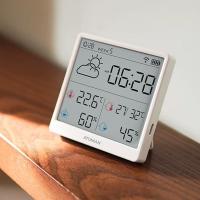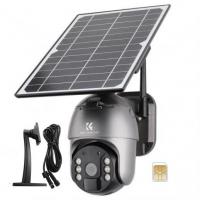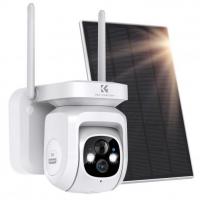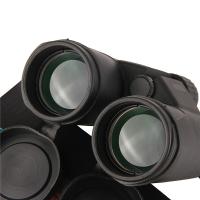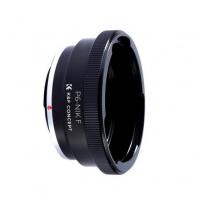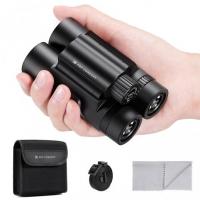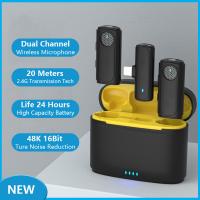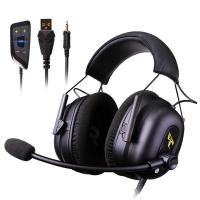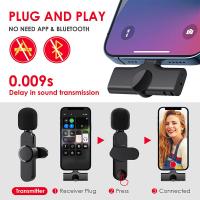Where To Put Cameras On House?
When it comes to home security, one of the most effective measures you can take is installing security cameras. However, the effectiveness of these cameras largely depends on their placement. Properly positioned cameras can deter potential intruders, provide valuable evidence in the event of a crime, and give you peace of mind. In this article, we will explore the best locations to place cameras around your house to maximize security and efficiency.
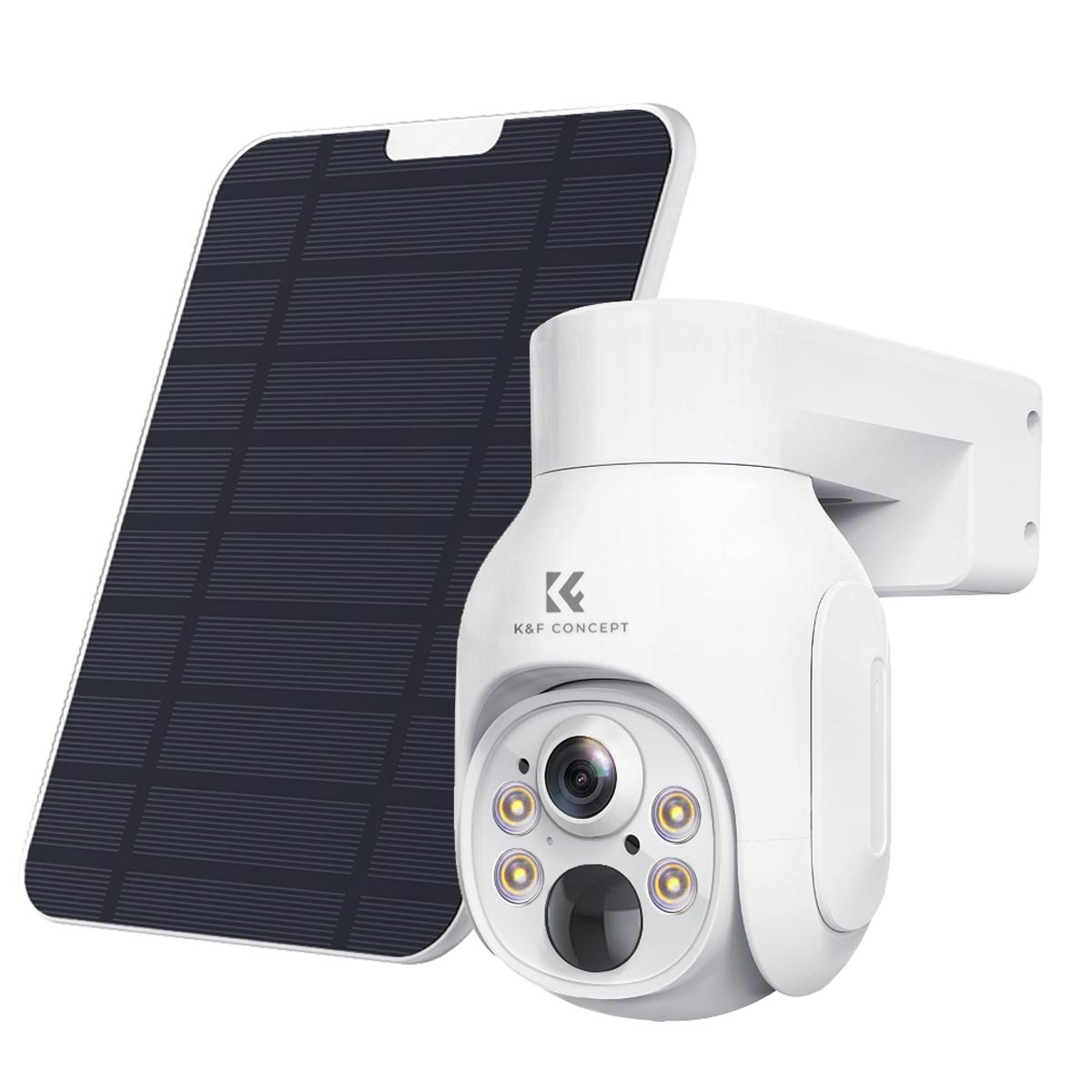
1. Front Door
The front door is the primary entry point for most homes, making it a critical location for a security camera. According to statistics, around 34% of burglars enter through the front door. Placing a camera here can help you monitor who comes and goes, whether it's a delivery person, a visitor, or a potential intruder.
Tips for Placement:
- Position the camera at a height where it can capture clear facial features.
- Ensure the camera is protected from the elements, either by placing it under an eave or using a weatherproof model.
- Consider using a doorbell camera for a more discreet option.
2. Back and Side Doors
While the front door is the most common entry point, back and side doors are also frequently used by intruders. These doors are often less visible from the street, making them attractive targets for burglars.
Tips for Placement:
- Place cameras at all secondary entrances to cover all potential entry points.
- Ensure the cameras are high enough to avoid tampering but low enough to capture clear images.
- Use motion-activated lights to enhance visibility and deter intruders.
3. Garage and Driveway
Garages are another common entry point for burglars, especially if they contain valuable items like cars, tools, and bicycles. Additionally, monitoring your driveway can help you keep an eye on any suspicious activity around your property.
Tips for Placement:
- Position cameras to cover the entire garage area, including any side doors or windows.
- Place a camera to monitor the driveway, capturing any vehicles or individuals approaching your home.
- Consider using cameras with night vision capabilities for better visibility in low-light conditions.
4. First-Floor Windows
First-floor windows are another vulnerable point of entry for intruders. Placing cameras to monitor these windows can help you detect any attempts to break in.
Tips for Placement:
- Install cameras to cover all ground-level windows, especially those that are hidden from view or easily accessible.
- Use window sensors in conjunction with cameras for added security.
- Ensure the cameras are positioned to avoid glare from the sun or indoor lights.
5. Backyard
The backyard is often overlooked when it comes to security, but it can be a prime target for intruders looking for a way into your home. Additionally, monitoring your backyard can help you keep an eye on children, pets, and any outdoor equipment.
Tips for Placement:
- Place cameras to cover the entire backyard, including any gates, fences, or outbuildings.
- Use cameras with a wide-angle lens to capture a larger area.
- Consider using wireless cameras for easier installation and flexibility in placement.
6. Common Areas
Inside your home, it's also important to monitor common areas where intruders are likely to pass through. This includes hallways, living rooms, and staircases.
Tips for Placement:
- Position cameras to cover main traffic areas without invading personal privacy.
- Use cameras with motion detection to minimize recording unnecessary footage.
- Ensure the cameras are placed out of reach to prevent tampering.
7. Hidden Cameras
In addition to visible cameras, you may also want to consider using hidden cameras for added security. These cameras can be placed in inconspicuous locations to capture footage without alerting intruders.
Tips for Placement:
- Use hidden cameras in areas where you suspect unauthorized activity.
- Ensure the cameras are well-concealed and blend in with their surroundings.
- Regularly check and maintain hidden cameras to ensure they are functioning properly.
Additional Considerations
When installing security cameras, there are a few additional factors to keep in mind to ensure optimal performance and effectiveness:
1. Camera Quality:
Invest in high-quality cameras with features like high resolution, night vision, and wide-angle lenses. This will ensure you capture clear and detailed footage, even in low-light conditions.
2. Storage and Access:
Choose a camera system that offers reliable storage options, whether it's cloud-based or local storage. Additionally, ensure you can easily access and review footage from your cameras, either through a mobile app or a computer.
3. Legal Considerations:
Be aware of any local laws and regulations regarding the use of security cameras. In some areas, there may be restrictions on where you can place cameras and whether you need to inform others that they are being recorded.
4. Regular Maintenance:
Regularly check and maintain your cameras to ensure they are functioning properly. This includes cleaning the lenses, checking for any damage, and updating the firmware as needed.
Properly placing security cameras around your house is essential for maximizing their effectiveness and ensuring the safety of your home and family. By strategically positioning cameras at key entry points, monitoring vulnerable areas, and considering additional factors like camera quality and legal considerations, you can create a comprehensive security system that provides peace of mind and protection.
Remember, the goal of a security camera system is not only to capture footage of potential intruders but also to deter them from targeting your home in the first place. With the right placement and setup, your security cameras can be a powerful tool in safeguarding your property and loved ones.



